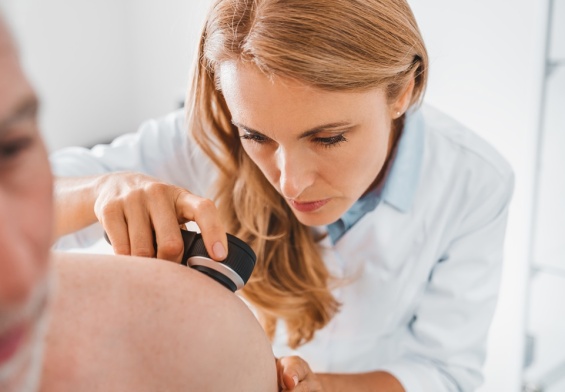Flap reconstruction surgery marks a pivotal advancement in the field of reconstructive surgery, offering a beacon of hope for individuals facing the aftermath of surgeries such as mastectomies, significant injuries, or conditions necessitating extensive tissue repair. This sophisticated procedure, which involves transplanting living tissue from one part of the body to another, is not just about aesthetic restoration but also about returning functionality and improving the quality of life for patients. For those within the realm of in-home care—spanning from elder care to individuals managing long-term health conditions—the integration of flap reconstruction into their healthcare journey introduces a complex yet hopeful path toward healing. It underscores the necessity of a seamless transition from hospital-based surgical care to comprehensive in-home recovery, ensuring that the advancements in surgical techniques translate into tangible improvements in patient well-being in a familiar and comfortable setting.
The concept of flap reconstruction goes beyond the technicalities of surgery, touching on the broader implications of patient-centered care in the modern healthcare landscape. For in-home care recipients, the prospect of undergoing such a transformative procedure brings to light the critical importance of personalized care plans that encompass all stages of the surgical process—from pre-operative preparations to post-surgical care and rehabilitation. This approach not only addresses the logistical challenges associated with recovery at home but also highlights the role of in-home care providers in facilitating a supportive environment that nurtures both physical healing and emotional resilience. As we delve deeper into the intricacies of flap reconstruction, the focus remains on how this procedure can be effectively integrated into in-home care settings, offering patients a holistic path to recovery that honors their individual needs and circumstances.
Understanding Flap Reconstruction
Flap reconstruction surgery is categorized based on the source of the transplanted tissue and the method of transplantation. Common types include skin flaps, muscle flaps, and bone flaps, each serving specific reconstructive needs. The procedure not only addresses aesthetic concerns but also plays a critical role in enhancing the quality of life by improving functionality and reducing the physical complications associated with tissue loss. For in-home care recipients, the prospect of undergoing flap reconstruction necessitates a comprehensive care plan that addresses pre-operative preparation, post-surgical care, and long-term rehabilitation, all within the comfort and familiarity of their home environment.
Integrating Flap Reconstruction into In-Home Care Plans
The integration of flap reconstruction into in-home care involves meticulous planning and coordination with a multidisciplinary healthcare team. Pre-operative assessments and preparations can often be conducted at home, reducing the need for hospital visits and minimizing stress for the patient. Post-surgical care, a critical phase of recovery, demands close monitoring for signs of complications, diligent wound care, and adherence to rehabilitation protocols. In-home care providers play a pivotal role in this phase, offering not only medical and personal care but also emotional support and encouragement.
For patients and caregivers alike, education on the specifics of flap reconstruction, including the expectations for recovery and the importance of follow-up care, is essential. Tailored rehabilitation programs that consider the patient’s overall health, mobility, and care environment are crucial for ensuring a successful recovery. Additionally, leveraging home health services, such as visiting nurses or physical therapists, can enhance the quality of care, providing expertise and interventions that support healing and functional recovery.
Conclusion: Navigating the Path to Recovery with Comprehensive In-Home Support
The integration of flap reconstruction surgery into the continuum of in-home care represents a significant stride toward holistic, patient-centered healthcare. This approach acknowledges the multifaceted nature of recovery, where the success of the procedure is intricately linked to the quality of post-operative care and support provided in the patient’s own home. By tailoring recovery plans to the unique needs of each individual, in-home care providers play an indispensable role in bridging the gap between surgical innovation and real-world outcomes. The collaborative effort between surgical teams, in-home care providers, and patients ensures that the journey toward healing is not only about overcoming physical challenges but also about fostering an environment of care that promotes emotional well-being and resilience.
Looking ahead, the role of in-home care in supporting patients through the recovery process from flap reconstruction surgery is poised for further evolution. As healthcare continues to advance, the ability to offer sophisticated surgical procedures like flap reconstruction within the broader framework of in-home care highlights a commitment to accessible, compassionate, and comprehensive care. This commitment not only enhances the recovery experience for patients but also sets a new standard for how we approach post-surgical care, emphasizing the importance of a supportive, nurturing environment in achieving the best possible outcomes. Through continued innovation and a dedication to patient-centered care, the integration of flap reconstruction into in-home care settings paves the way for a future where all patients can experience the full spectrum of care and support they need to heal, thrive, and regain their quality of life.



